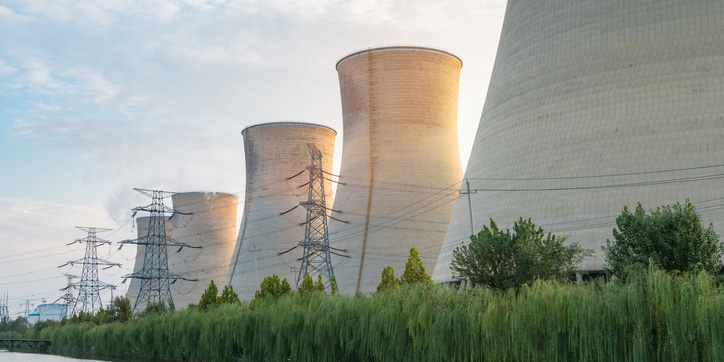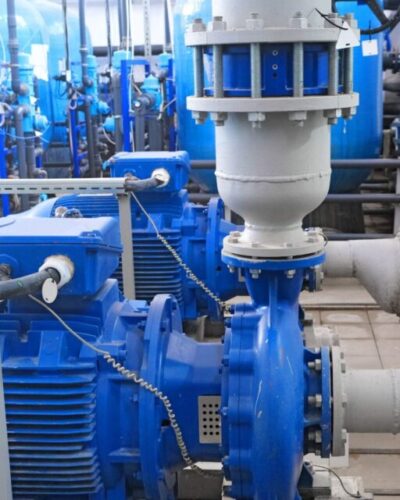ASME BPV Code Section III, Division 1: Rules for Construction of Nuclear Facility Components and USNRC Regulations
700.00 EGP
The course explains how Section III is implemented by the US NRC in its regulations, and regulatory guidance. The course also explains the Section III requirements and processes, including the requirements for design, determination of safety classification for components, quality assurance, third-party oversight by the Authorized Inspection Agency, and the duties and responsibilities of N, NA, NV and NPT certificate holders.
Description
This course is a comprehensive overview of Section III, Division 1, including interfaces with Sections II, V, IX, XI, and NQA-1. The course explains how Section III is implemented by the US NRC in its regulations, and regulatory guidance. The course also explains the Section III requirements and processes, including the requirements for design, determination of safety classification for components, quality assurance, third-party oversight by the Authorized Inspection Agency, and the duties and responsibilities of N, NA, NV and NPT certificate holders.
Only logged in customers who have purchased this product may leave a review.








Reviews
There are no reviews yet.